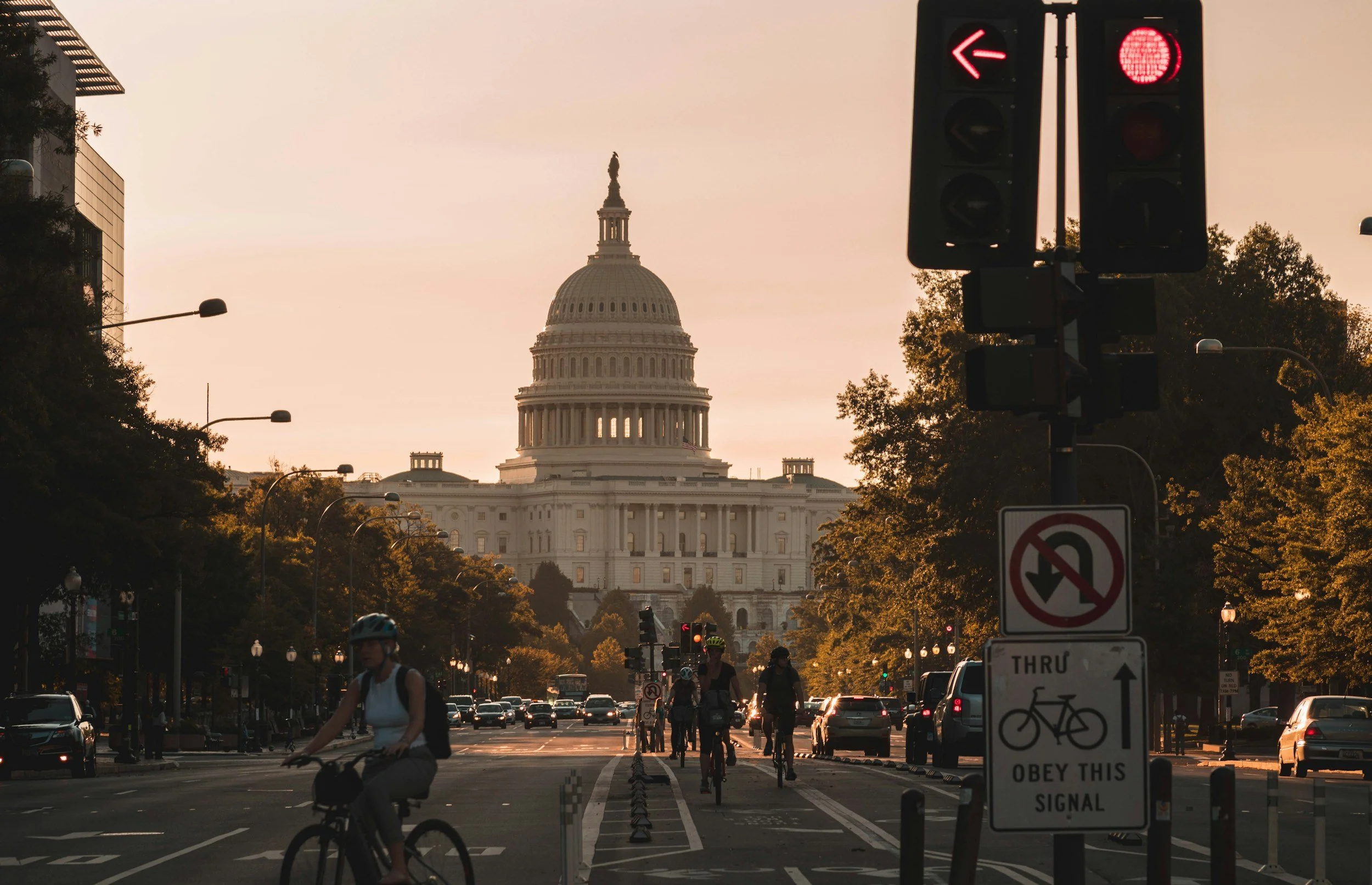Could AI regulate itself and other industries?
As technology races ahead, our legal and regulatory systems often move at a crawl. While AI, automation, and algorithmic management reshape entire industries in real time, enforcement remains largely manual, slow, and under-resourced. In the U.S., regulation increasingly happens not through new legislation, but through litigation. State Attorneys General and federal agencies rely on lawsuits to intervene when companies go too far. Consider the recent FTC and multi-state antitrust lawsuit against Amazon: regulators allege the company used its dominant position to stifle competition, manipulate price structures, and coerce third-party sellers. But the behaviors in question had already defined a decade of e-commerce by the time legal action caught up.
This lag points to an opportunity. Generative AI could serve a pragmatic function in enforcement infrastructure — not by automating decisions, but by surfacing patterns earlier and organizing them into actionable intelligence. Imagine an autonomous agent system that constantly analyzes public complaints, labor board filings, worker reviews, and whistleblower reports. When it detects a recurring issue — like wage violations across multiple franchises, algorithmic bias in delivery systems, or supply chain noncompliance — it compiles the data, cites relevant statutes, and generates a report for review by a state AG’s office, legal nonprofit, or oversight body. These cases would still require human judgment and legal discretion, but the discovery process would be faster, clearer, and more comprehensive from the start.
This isn’t just about identifying problems after they’ve taken root. When applied thoughtfully, this kind of ambient monitoring could help businesses and regulators identify brewing issues before they escalate. For example, a logistics company might notice repeated regional complaints about working conditions and correct them before they trigger legal action. A platform might detect anticompetitive pricing behavior emerging within its own marketplace before it crosses an enforcement threshold. Even in cases of potential monopoly formation, early signals could inform strategy changes long before irreversible investments are made.
This is less about creating friction and more about clarity. An “AG Copilot” dashboard could provide a ranked list of potential investigations, each with citations, geographic scope, and documentation — allowing regulators to prioritize based on bandwidth and impact. Simultaneously, businesses could use a parallel tool to stress-test their practices against a live regulatory landscape. This would bring a level of feedback and responsiveness to the market that currently only exists in retrospective enforcement.
As more functions of governance and business move toward automation, the interface between them must evolve. Rather than relying solely on whistleblowers, media cycles, or understaffed public agencies to uncover violations, this type of infrastructure creates a low-friction layer of early detection and evidence assembly. It enables faster decisions without sacrificing due process, and invites actors across the system — not just the most powerful — to participate more intelligently.
AI is often framed as a disruptor of markets, but its real value may lie in stabilizing them. A future where regulation happens closer to real time isn’t just plausible — it’s necessary. And with tools like these, it becomes possible.






















